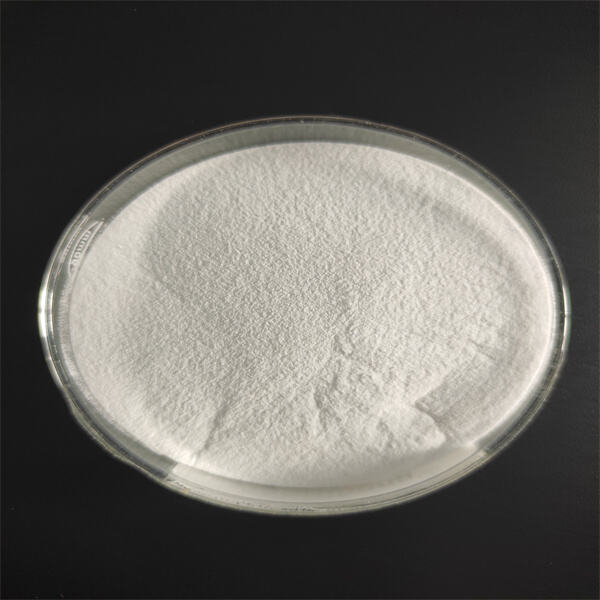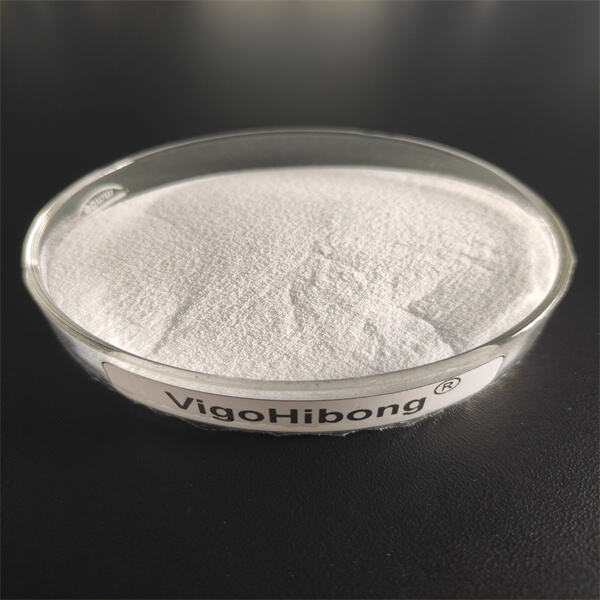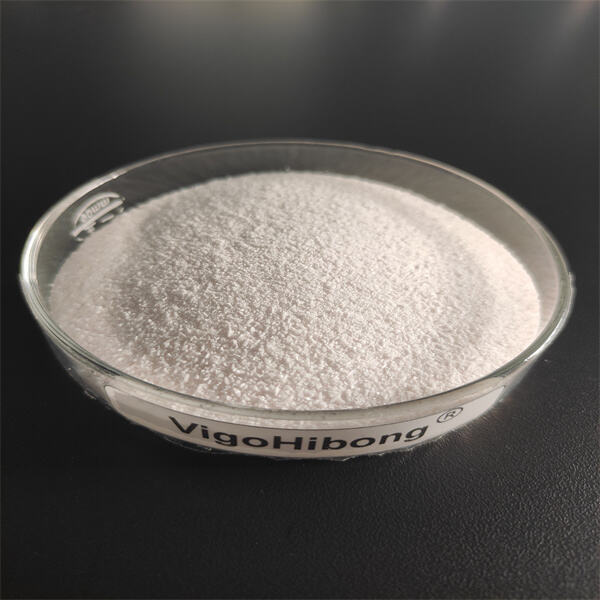EDTA salt is a unique type of salt that can actually do a lot of useful things. It’s present in all sorts of everyday things, from cleaning products to medicine. Get to know EDTA salt, so you can practice using it safely.
Before we start comparing, let’s first know what EDTA salt is. There’s even an acronym for it: EDTA, which is short for ethylenediaminetetraacetic acid. That’s a long word! EDTA salt is a chemical that can help pick up other chemicals and metals. This is the case with cleaning products and medicine. EDTA salt picks up these other substances, allowing everything to stay clean and function properly.
There are great advantages of using EDTA salt also in everyday products. It’s great for getting rid of hard water stains in our bathrooms and kitchens, for instance. It can also help extend the shelf lives of our medicines and vitamins. By relying on products that contain the safe EDTA salt, we can enjoy nice things working as expected for a very long time.

EDTA salt is also used as a treatment in the chelation therapy. This is special treatment for the removal of heavy metals from our bodies. Occasionally, when enough of these heavy metals accumulate inside us, they can make us unwell. When doctors push EDTA salt through your body in chelation therapy, it cleans us out and makes us feel better.

EDTA salt is useful, but we have to use it safely. EDTA salt, when it enters our water, can be a source of pollution. This pollution can be bad for fish and other animals that live in the water. Which is why it is so important to use salt with EDTA carefully and keep it out of places it doesn’t belong.

If we are going to keep ourselves and the environment safe, we should know what to do with EDTA salt and how to dispose of it properly. When using EDTA salt-containing products, adhere to the label instructions. When you are finished, properly discard any remaining items. This can help protect you and your family — and the environment.